In geotechnical engineering, how to choose single-fluid, double-fluid, or triple-fluid jet grouting rigs is a critical decision that determines construction quality and cost efficiency. With 20 years of technical expertise, I will systematically analyze the key considerations for how to choose single-fluid, double-fluid, or triple-fluid jet grouting rigs from three dimensions: ground conditions, project requirements, and cost-effectiveness.
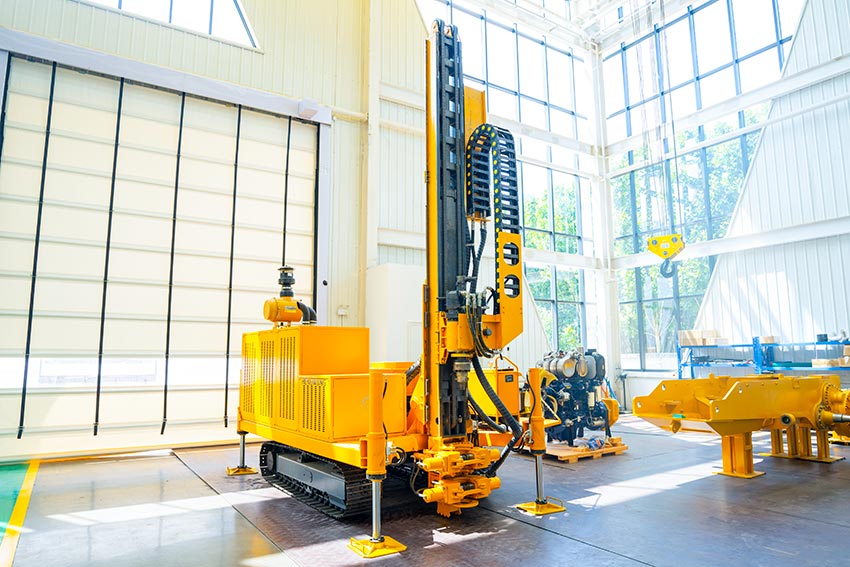
I. Selecting Single-Fluid, Double-Fluid, or Triple-Fluid Jet Grouting Rigs Based on Ground Conditions
1. Single-Fluid Process
(1) Suitable for: Soft soils (N-value < 15) such as silt and clay
(2) Injection medium: Cement slurry only (20-30 MPa pressure)
(3) When evaluating how to choose single-fluid, double-fluid, or triple-fluid jet grouting rigs, single-fluid is ideal for applications like cutoff walls where high strength is not required.
2. Double-Fluid Process
(1) Suitable for: Medium-hard soils (N-value 15-30) such as sand and cohesive soil
(2) Injection medium: Cement slurry + compressed air (0.5-0.7 MPa air pressure)
(3) In determining how to choose single-fluid, double-fluid, or triple-fluid jet grouting rigs, the double-fluid method offers the best cost-performance balance for moderately hard formations.
3. Triple-Fluid Process
(1) Suitable for: Hard formations (N-value > 30) such as gravelly sand and weathered rock
(2) Injection medium: High-pressure water (30-50 MPa) + compressed air + cement slurry
(3) When resolving how to choose single-fluid, double-fluid, or triple-fluid jet grouting rigs, the triple-fluid method is the only option for ultra-deep (>40 m) or large-diameter (>1.5 m) piles.
II. Selecting Single-Fluid, Double-Fluid, or Triple-Fluid Jet Grouting Rigs Based on Project Requirements
1. Waterproofing projects: Single-fluid can achieve permeability coefficients ≤10⁻⁶ cm/s.
2. Foundation reinforcement: Double-fluid achieves unconfined compressive strength of 1.5-3 MPa.
3. Special treatments: Triple-fluid forms high-strength consolidated masses (2.5-4 MPa) for tunnel face stabilization.
When assessing how to choose single-fluid, double-fluid, or triple-fluid jet grouting rigs, key factors include design requirements for pile diameter, depth, and strength. For example:
1. Cutoff walls (600 mm diameter): Prefer double-fluid.
2. Bridge pile reinforcement (50 m depth): Must use triple-fluid.
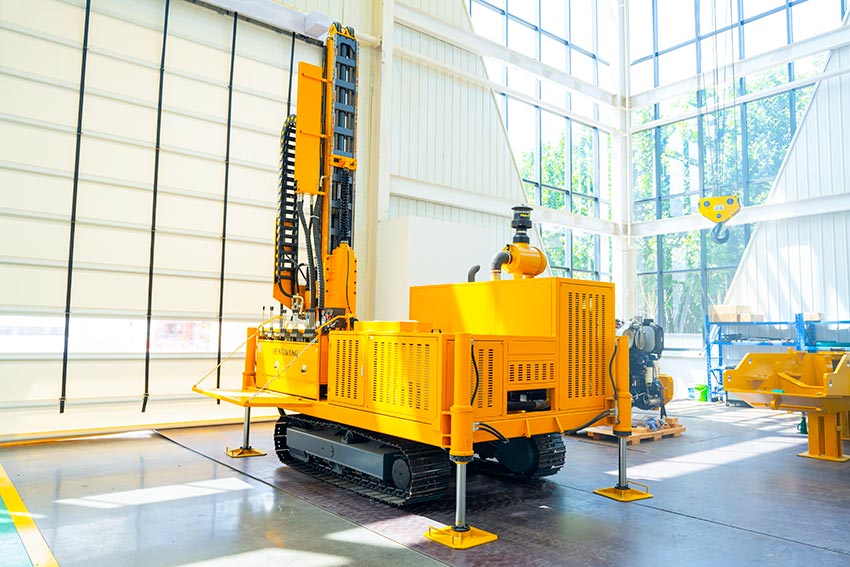
III. Selecting Single-Fluid, Double-Fluid, or Triple-Fluid Jet Grouting Rigs Based on Cost-Effectiveness
A cost comparison (for Φ800 mm piles):
| Parameter | SingleFluid | DoubleFluid | TripleFluid |
| Cost(USD/m) | 50 | 75 | 115 |
| Efficiency(m/shift) | 25 | 18 | 12 |
When deciding how to choose single-fluid, double-fluid, or triple-fluid jet grouting rigs:
1. Budget-constrained, simple geology: Single-fluid.
2. Moderate-difficulty projects with tight schedules: Double-fluid.
3. Complex geology, high-standard projects: Triple-fluid (regardless of cost).
IV. Practical Tips for Selecting Single-Fluid, Double-Fluid, or Triple-Fluid Jet Grouting Rigs
1. Hybrid method: Use single-fluid for upper soft layers, switch to triple-fluid for deeper hard rock.
2. Equipment modification: Adding a secondary cutting device to double-fluid rigs improves efficiency by 20%.
3. Parameter optimization: Increasing water pressure from 40 MPa to 45 MPa in triple-fluid reduces grout consumption by 15%.
Conclusion
Mastering how to choose single-fluid, double-fluid, or triple-fluid jet grouting rigs means understanding the technical logic: "single-fluid saves costs, double-fluid balances performance, and triple-fluid ensures quality." Keep this guide as a reference and make informed decisions by combining it with geotechnical survey reports!

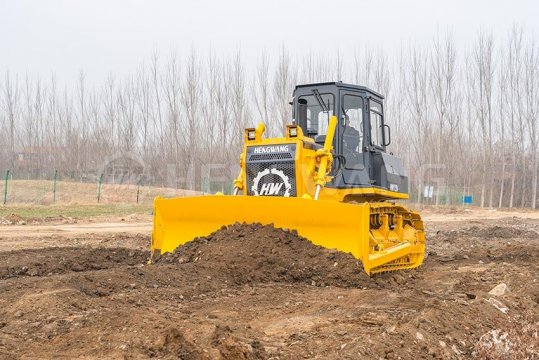 Bulldozer Blade Types: Core Configuration for Adapting to Different Operating Scenarios
Bulldozer Blade Types: Core Configuration for Adapting to Different Operating Scenarios
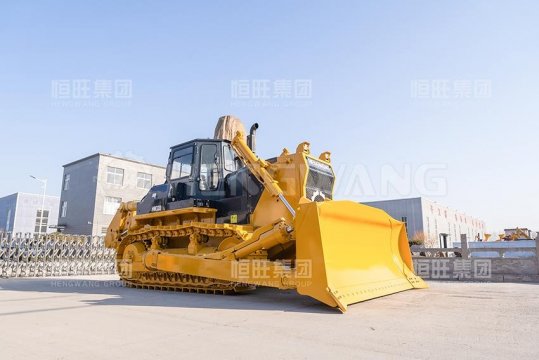 Swamp bulldozer: An Efficient Solution for Operations in Muddy Environments
Swamp bulldozer: An Efficient Solution for Operations in Muddy Environments
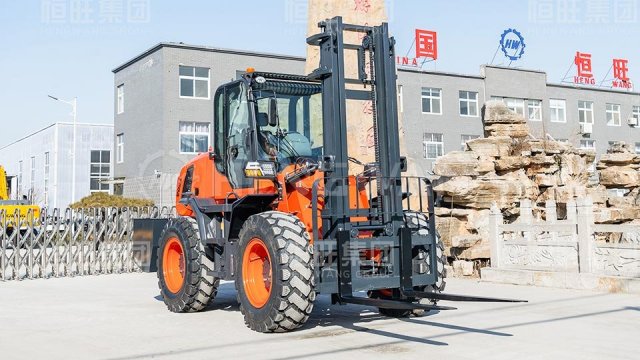 Rough terrain forklift with highest load capacity: A High-performance Solution for Heavy-duty Outdoor Operations
Rough terrain forklift with highest load capacity: A High-performance Solution for Heavy-duty Outdoor Operations